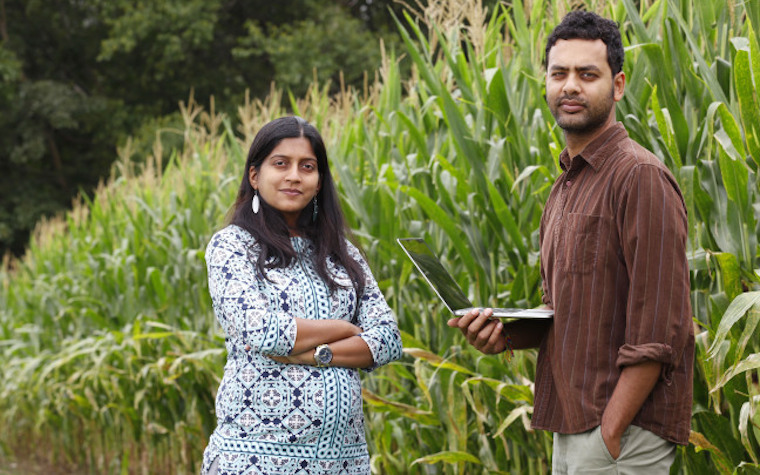Two Iowa State University professors recently determined technology and an increase in food security in India in relation could help meet an increasing need for food sources.
Prashant Rajan, an assistant professor of English and communication studies, and Shweta Chopra, an assistant professor of agricultural and biosystems engineering, traveled to India, where they studied the government’s use of technology.
What they found that was the government is using technology to better distribute food throughout the country’s poorest regions.
Though India spends $13 billion to 14 billion every year to buy food and distribute it to those who need it, almost 40 percent of the food is lost to the open or black market. This, Rajan and Chopra believe, could be avoided through increased technology, which would result in better distribution through systems using secure cards for monthly food allowances.
The implementation of this technology is difficult in India, as the systems are still being developed, but the research done by Chopra and Rajan suggested positive sentiments towards the technology.
“For a lot of honest salespeople, the technology was a way to address the stigma that was associated with their job,” Rajan said.


 Alerts Sign-up
Alerts Sign-up